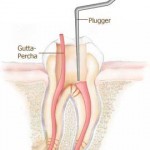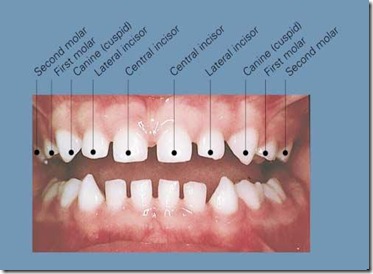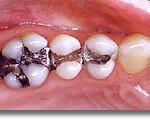When the first tooth start to break through the gum in a child, the process is called as teething. Teething is blamed for ailments such as fever, convulsions, bronchitis, otitis media and diarrhea for causing 12 % of the death in children under 4 years old.
Eruption of primary/deciduous/temporary dentition usually begins in the 4th-6th month of a child’s life. The appearance of normal teeth is eagerly awaited by parents since it represents an important early milestone in development. Â The first teeth to appear is the lower front teeth of the child called as central incisors. Continue reading







